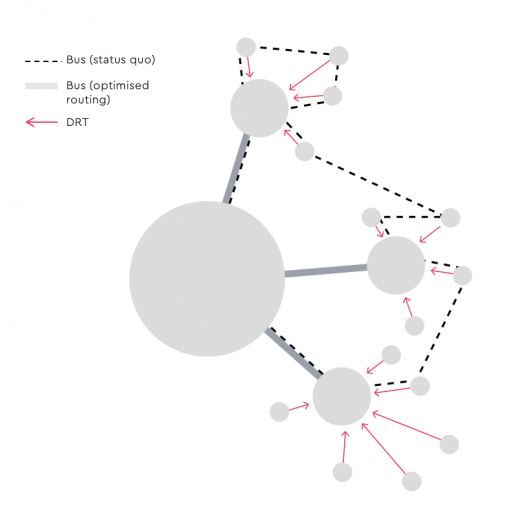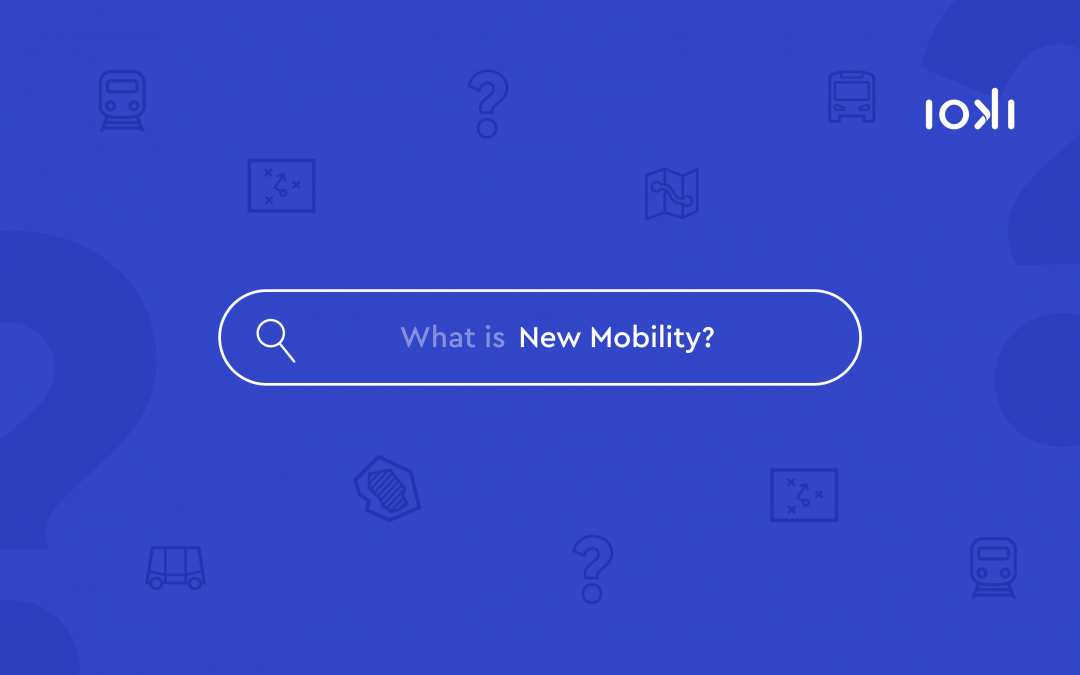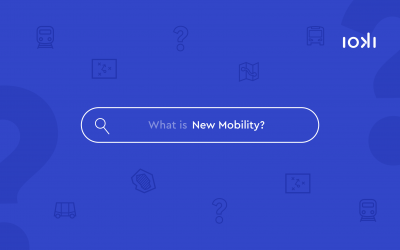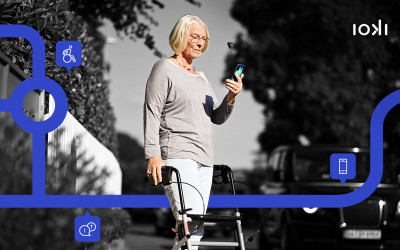But what was visionary and forward-looking in these days is still relevant today. For rural areas in particular, which are increasingly struggling with incomplete or uneconomical public transport services, flexible and need-based solutions can provide a remedy for lack of mobility.
But what’s behind the idea of the on-call bus, the call-collecting taxi and the call-line bus? And above all: what does digitisation have to do with all this?
Well, whereas in Friedrichshafen passengers still had to communicate their needs directly at the bus stop using a specially developed machine, the telephone or a postcard (and thus well in advance), today travel requests can be made easily and even at short notice using an app.
In the past, as well as today, different forms of operation are suitable depending on the area, demand and available resources. The combination of different modes, e.g. of timetable-free and timetable-linked transport systems, can be particularly efficient in showing new solutions and lead to more flexibility.
Smaller vessels such as on-call buses and on-demand shuttles, which serve as feeder services to regular public transport, are particularly suitable in sparsely populated regions. This eliminates inefficiencies such as detours, long journey times and empty runs for passengers and transport operators alike.
In interaction, this can take the following concrete form: Interchanges are still served by scheduled transport, while on-demand solutions as shuttle services facilitate access to these interchanges and, in addition, travel flexibly and freely within and between areas with lower demand.

Our experience, which we have gained not least in the digitisation of a shuttle bus in Wittlich, shows that passengers are quite prepared to pay a fair surcharge for the additional service and the newly gained comfort. When designing such services, however, it should be borne in mind that, although the booking is primarily digital, the target group often has less affinity for smartphones and the Internet connection is not always optimal.
By the way: If you think that in rural areas the acceptance of walking is far higher than in the city, you are mistaken. Here, too, citizens want mobility offers that do not require more than 200 to 300 metres of walking. All the more reason to strengthen the existing public transport system with flexible, cost-efficient and sustainable on-demand services.



